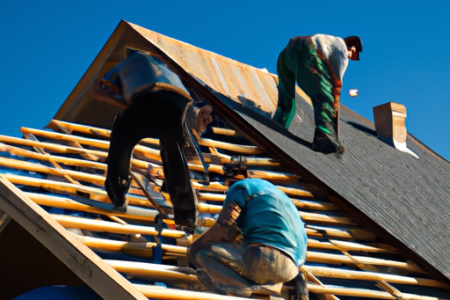In this comprehensive guide, the various types of roof construction techniques are explored, highlighting their key features and applications. Pitched roof construction is popular for residential buildings due to its steep slope, excellent water drainage, and durability. Flat roof construction is commonly seen in commercial and industrial buildings, offering cost-effectiveness and additional usable space. Green roof construction involves the installation of vegetation layers, providing insulation and environmental benefits. Domed roof construction creates a striking architectural statement with its rounded shape and superior resistance to extreme weather conditions. Other techniques such as gable roofs, hip roofs, and mansard roofs are also discussed. The importance of considering factors like climate, building design, and local regulations is emphasized. By understanding the various techniques, readers can make informed decisions that contribute to the functionality, durability, and aesthetics of their structures.









